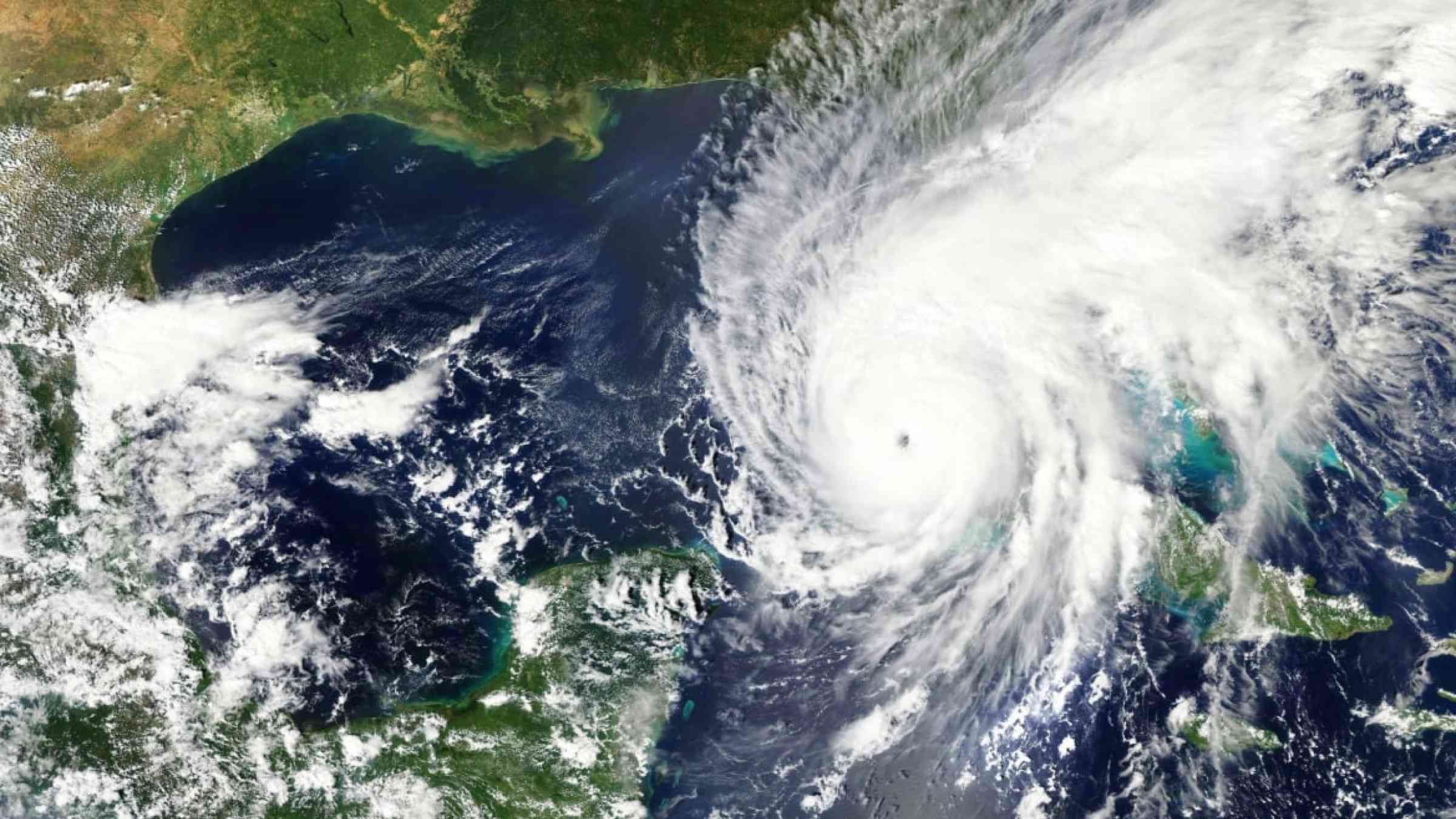Preparing for hurricane season: Lessons learned from risk communication to behavioral change

The impact of hurricanes is growing dramatically in the Caribbean, and countries like Grenada, Saint Lucia, and Saint Vincent and the Grenadines need to find effective ways to alert their populations and improve hurricane preparedness before hurricane season starts.
Preparing for a hurricane includes making an emergency plan with family and neighbors, putting together an emergency kit, and making homes secure, among other important actions. But this critical information does not always reach the people who most need it. Barriers include a lack of effective information dissemination, inattention to messages, and a lack of resources to create effective communications campaigns.
To overcome these barriers, a multi-platform strategy was created through a partnership between the World Bank Urban, Disaster Risk Management, Resilience and Land Global Practice, the National Emergency Management Organizations (NEMOs) of Grenada, Saint Lucia, and Saint Vincent and the Grenadines, and Pacifico, a risk communications agency. The strategy focused on improving hurricane preparedness during the 2022 season, from June to November.
These actors developed and distributed communication outputs focused on enhancing hurricane preparedness, making sure most of the population received critical information in a timely manner, including messages informing vulnerable groups and people with disabilities. Here are five key lessons learned:
1. A multiplatform strategy helps reach isolated audiences
A total of 66 audio messages were created and distributed in partnership with fifteen local radio stations, appealing to different audiences and age groups. This helped ensure that messages reached most of the population in prime time, including some of the most isolated communities.
People increasingly look for information on social media before, during, and after an emergency. To help NEMOs build their online presence and improve their real-time interaction on social media, there were 138 designed pieces addressing multiple disaster preparedness topics.
2. Producing with local figures in local studios increases trust
Radio content was recorded with six local figures, to ensure messages were locally relevant. They were recorded in local studios, using voices that appear regularly on local radio spots and appeal to locals. These voices covered different age groups, local dialects, and genders, reflecting the diversity of the populations in the three Caribbean countries.
View on Soundcloud: Disaster Fighters
3. Storytelling helps get messages across
Radio recordings included several artistic dramatizations of situations in which people prepare for hurricane season, using storytelling to bridge empathy gaps and help communities visualize possible high-risk situations like that of a hurricane with concrete information. The topics included how to create a family emergency plan, talk to neighbors about hurricanes, and create a business contingency plan, among others.
4. Building local capabilities ensures communications efforts are sustained over time
Developing local capabilities is key to ensuring these efforts are sustained over time, and that local teams can continue using the materials generated as well as create new ones. Five training sessions were carried out in partnership with organizations like NASA, Twitter, Tik Tok, and Pacifico, and 125 public officials from several Caribbean countries—including Grenada, Saint Lucia, and Saint Vincent and the Grenadines—were trained. Technical training sessions included how to use software applications to monitor disasters, online mapping, and audience building in new social media platforms.
5. Moving from risk communications to behavioral change
To increase the effectiveness of risk communications efforts, training sessions for public officials focused on how to turn hurricane risk communications into preventive action and how to address psychological barriers preventing that action. To address psychological barriers, an online tool called ‘Make a Plan Online’ was created to help communities in each country get prepared and draft a simple preparedness plan online through five interactive quizzes about hurricane preparedness. Each quiz had six or seven questions to trigger local audiences’ interest in developing an emergency plan. Upon completing the quiz, participants were provided additional content to download based on their answers.
The campaign in numbers
The reach of the campaign, as calculated by the number of views, impressions, and estimated radio audiences, represented eighteen times the combined population of the three countries, signaling an important result toward building awareness and communications skills in hurricane preparedness in the Caribbean.
- 8,272,176 impression
- 138 social media designs
- 66 audio messages produced
- 15 local radios in 3 countries
- 155 public officials trained
With initiatives such as these, countries in the region will continue to strengthen their resilience to disasters, ultimately saving lives and mitigating the damaging impacts of future adverse events.
“The communications materials produced during the campaign were effectively used to raise awareness on best practices in the event of hurricanes and represented an added way for District Disaster Management Committees to engage with their communities. The idea of the ‘Make a Plan Online’ was especially well received. Most importantly and as a result of the training received, our communications team is currently better placed to positively interact on social media and at sensitization meetings, and the plan for 2023 is to continue disseminating the material with a focus on schools and the private sector”. Maria Medard, Deputy Director of Saint Lucia’s National Emergency Management Organisation (NEMO)
This initiative was possible thanks to the support received from the Canada-Caribbean Resilience Facility (CRF), a single-donor World Bank-executed trust fund managed by the Global Facility for Disaster Reduction and Recovery (GFDRR).